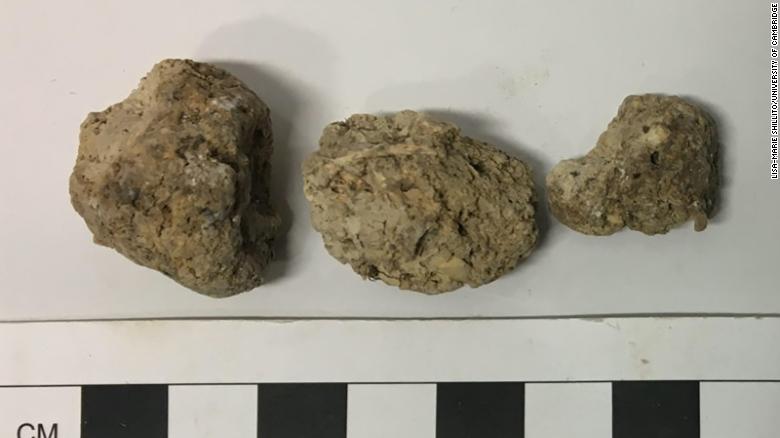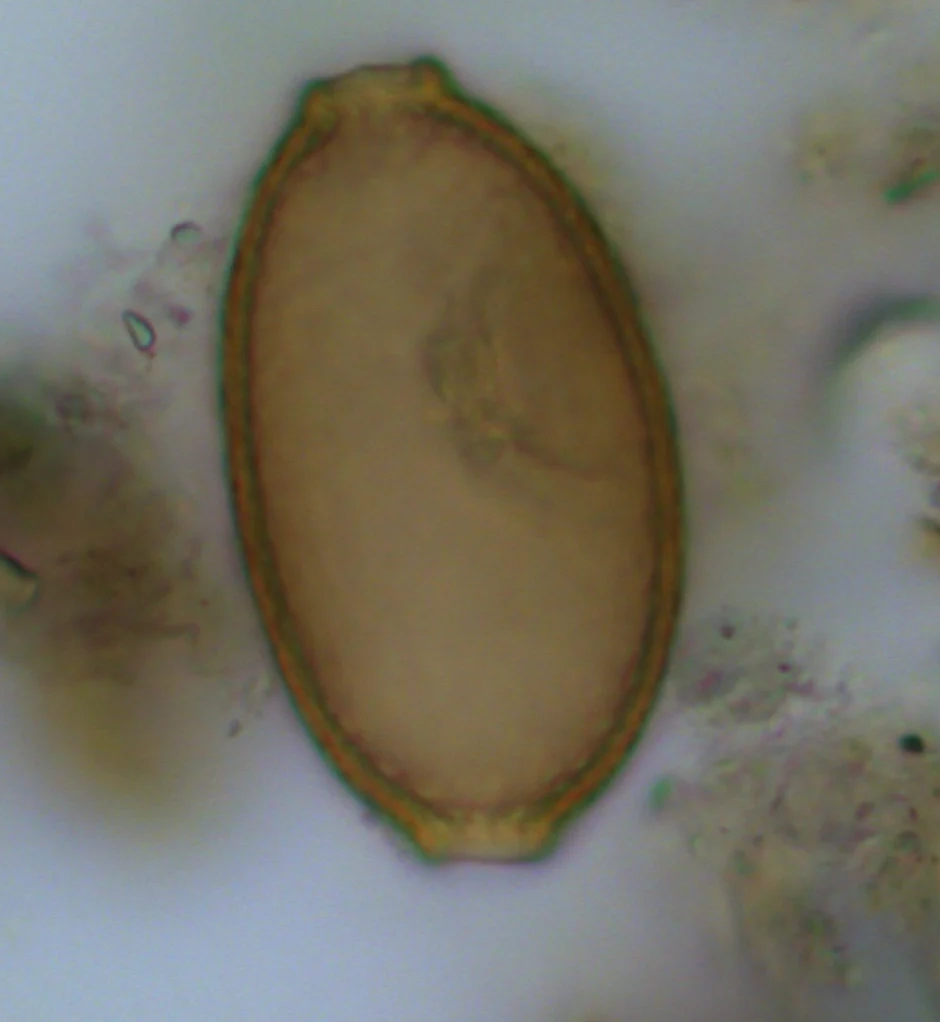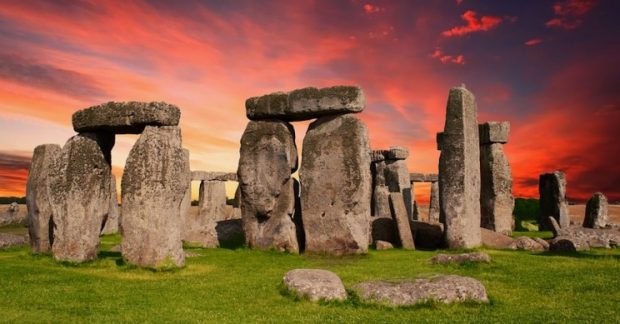Prehistoric parasitic poop discovered near Stonehenge sheds light on the pets, parties, and dodgy diets of the Neolithic monument’s builders.
Archaeologists from the University of Cambridge recently discovered 19 coprolites – fossilized ancient feces – at Durrington Walls, a settlement discovered less than 3 kilometers (1.8 miles) from Stonehenge that was inhabited around 2500 BCE, when much of the stone monument was built (Stonehenge was built in multiple stages between 3000 BCE and 1500 BCE). Given the site’s proximity and age, it is assumed that Durrington Walls was home to some of the people who built Stonehenge.
As reported in the journal Parasitology, at least five out of these 19 ancient poops (one from a human and four from dogs) contained parasite eggs. At least four, including the human poop, featured the eggs of a capillariid parasite worm, which likely made their way into the intestines of people after they ate the raw or undercooked organs from an infected animal. Perhaps the dogs were then fed the human leftovers, parasites and all.
“This is the first time intestinal parasites have been recovered from Neolithic Britain, and to find them in the environment of Stonehenge is really something,” said study lead author Dr Piers Mitchell.



The team also found the eggs of fish tapeworm in one of the ancient dog poops. This was pretty unexpected since no other evidence of fish consumption has been found at the site, but it’s clear the dog must have eaten raw freshwater fish to become infected.
“As capillariid worms can infect cattle and other ruminants, it seems that cows may have been the most likely source of the parasite eggs,” Dr Piers Mitchell, lead study author from Cambridge’s Department of Archaeology, said in a statement.
“Finding the eggs of capillariid worms in both human and dog coprolites indicates that the people had been eating the internal organs of infected animals, and also fed the leftovers to their dogs,” added co-author Evilena Anastasiou, who assisted with the research while at Cambridge.
The Stonehenge builders’ permanent residence was most likely not Durrington Walls. According to the researchers, it was the site of large winter feasts for groups of people who journeyed down to the south of England yearly, most likely in the winter, to visit and build upon the monument.



Excavations at the site uncovered pottery and stone tools along with over 38,000 animal bones, up to 90 percent of which were from pigs and less than 10 percent from cows. Just like the people, the animals were likely brought there from afar. Previous isotopic analyses of cow teeth from the Durrington Walls site have shown that some cattle were herded almost 100 kilometers (62 miles) from Devon or Wales. This is perhaps where many of the seasonal residents were from too.
“This new evidence tells us something new about the people who came here for winter feasts during the construction of Stonehenge,” explained Professor Mike Parker Pearson from UCL’s Institute of Archaeology, who excavated Durrington Walls between 2005 and 2007.
“Pork and beef were spit-roasted or boiled in clay pots but it looks as if the offal wasn’t always so well cooked. The population weren’t eating freshwater fish at Durrington Walls, so they must have picked up the tapeworms at their home settlements.”
